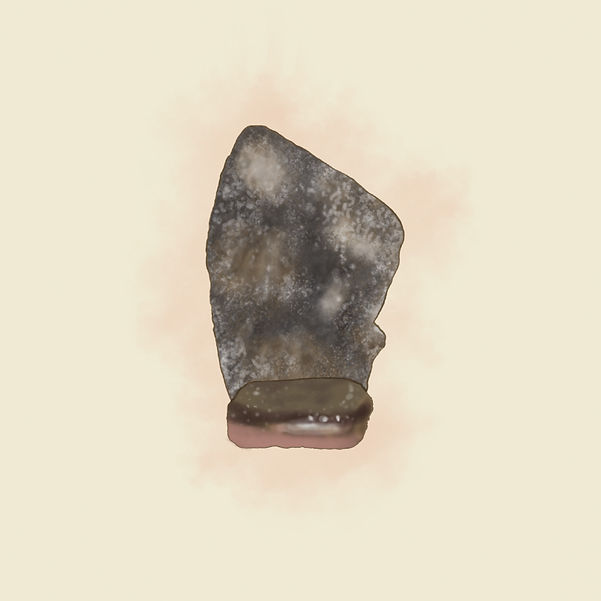Lithic Worlds Greeting Cards
The Lithic Worlds greeting cards include a set of 10 cards with illustrations of plants and rocks associated with the Indigenous lives and history of the Naga ancestral domain. Each set costs INR 350. AUD 15. USD 10. Euro 10. All proceeds will go for pedagogy programs on Naga Indigenous knowledge.
Available at the following:
Dimapur, Nagaland: Sisterhood Network Office and shop @sisterhoodnetwork , The White Owl Nagaland @thewhiteowl_nagaland
Kohima, Nagaland: Kekhriesano Chaya @kekhriesano
Senapati, Manipur: Asufü Christian Institute @asufiichristianinstitute_mao
Guwahati, Assam: North Eastern Social Research Centre @nesrcghy , Neivikhotso Chaya @neivikhotso_chaya
Melbourne, Australia: Kirsty McKellar @kirsty_mck
North America (United States & Canada): Dolly Kikon @dollykikon
Stockholm, Sweden: Joel Rodrigues @joelrodrigues23
55 w
Gnetum gnemon
Naga people eat the tender leaves of this plant. They use it as a condiment while cooking meat and fish. The leaf is also boiled with yam and eaten. It has a minty fresh flavor and a crunchy texture.


Pennywort
No Naga household is complete without stories about foraging for pennywort. The first lessons about looking out for edible plants often starts here. This friendly edible plant is usually eaten raw as a salad dish.
Zanthoxylum rhetsa
Many Naga dishes are incomplete without this spicy thorny plant. The leaves are eaten fresh, and also sun dried to preserve it. The seeds are crushed and added to all kinds of chutneys, meat and fish dishes. This plant and its seeds give the zing factor in all Naga food.


Taro
Taro curry warms the heart across Naga kitchens. The thick paste has many good friends to enhance its taste. Sometimes it is the fermented bamboo shoot, and on other days it is the fresh mustard leaves. The taro plant is the best friend of the Naga culinary world.
Fiddlehead fern
Abundantly grown across the Naga homeland, Naga people forage this plant from the forest. It is a delicacy and one can add the plant in fish curries or chutneys. A simple recipe: boil green chilies, tomato, potato. Mash it when cooked, and add salt, garlic and tender fiddlehead ferns. Let it simmer for five minutes and eat with rice.


Canarium strictum
This fruit grows across the Naga homeland and is considered to have medical properties. The Hornbill birds are acknowledged as the most efficient disperser of the seeds. Both Nagas and Hornbills love this fruit.
Tiger Stone at Makhel Village
The monolith erected by the oldest offspring of Dzüliamosüro, the first woman on earth. The stone commemorates the memory of an Indigenous Naga past and the interconnected worlds of the humans and other beings.


Spirit Stone at Makhel Village
The monolith erected by the middle offspring of Dzüliamosüro, the first woman on earth. The stone commemorates the memory of an Indigenous Naga past and the interconnected worlds of the humans and other beings.

Man Stone at Makhel Village
The monolith erected by the youngest offspring of Dzüliamosüro, the first woman on earth. The stone commemorates the memory of an Indigenous Naga past and the interconnected worlds of the humans and other beings.



Banyan Tree at Makhel Village
Naga people believe the first woman on earth rested underneath this tree and conceived three offsprings, the Tiger, Spirit, and Man. They consider this tree as sacred because it exhibits four seasons throughout the year. Naga ancestors used the leaves from this tree for rituals to increase the milk yield of animals.